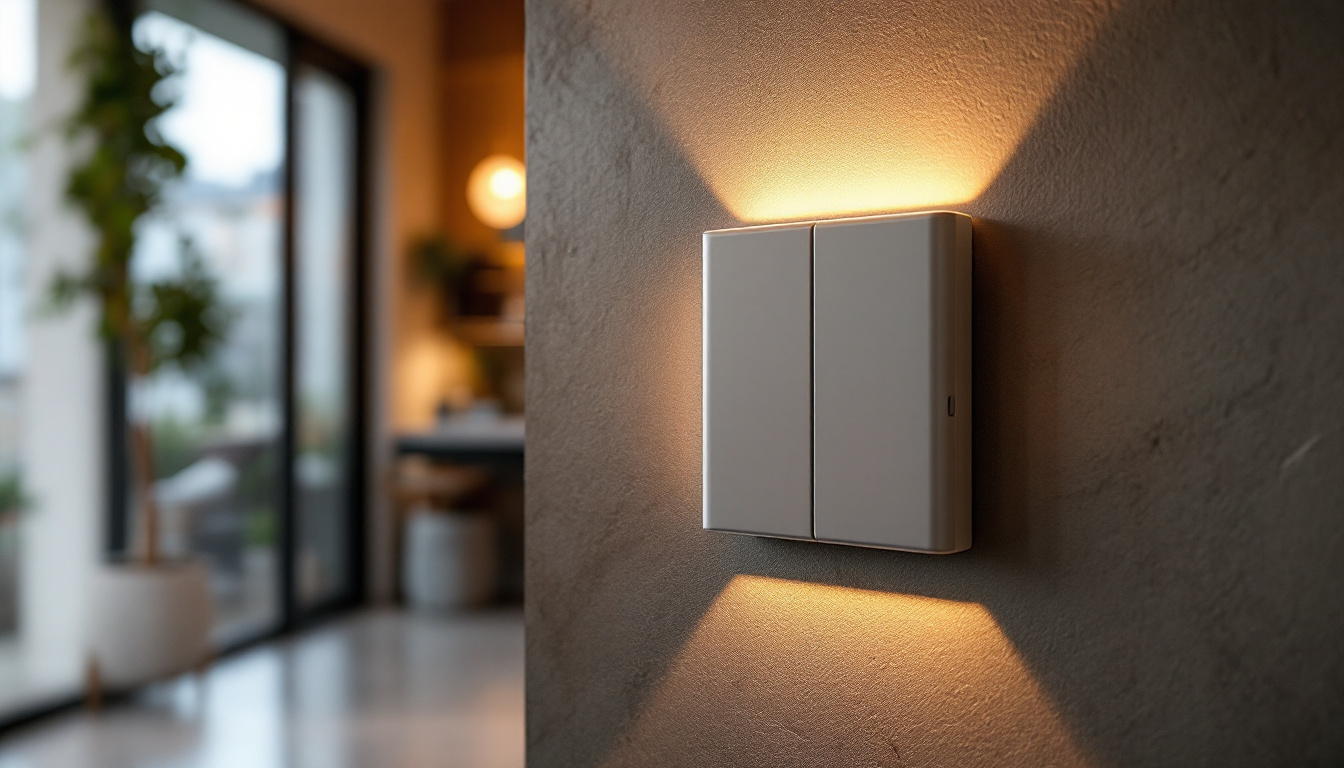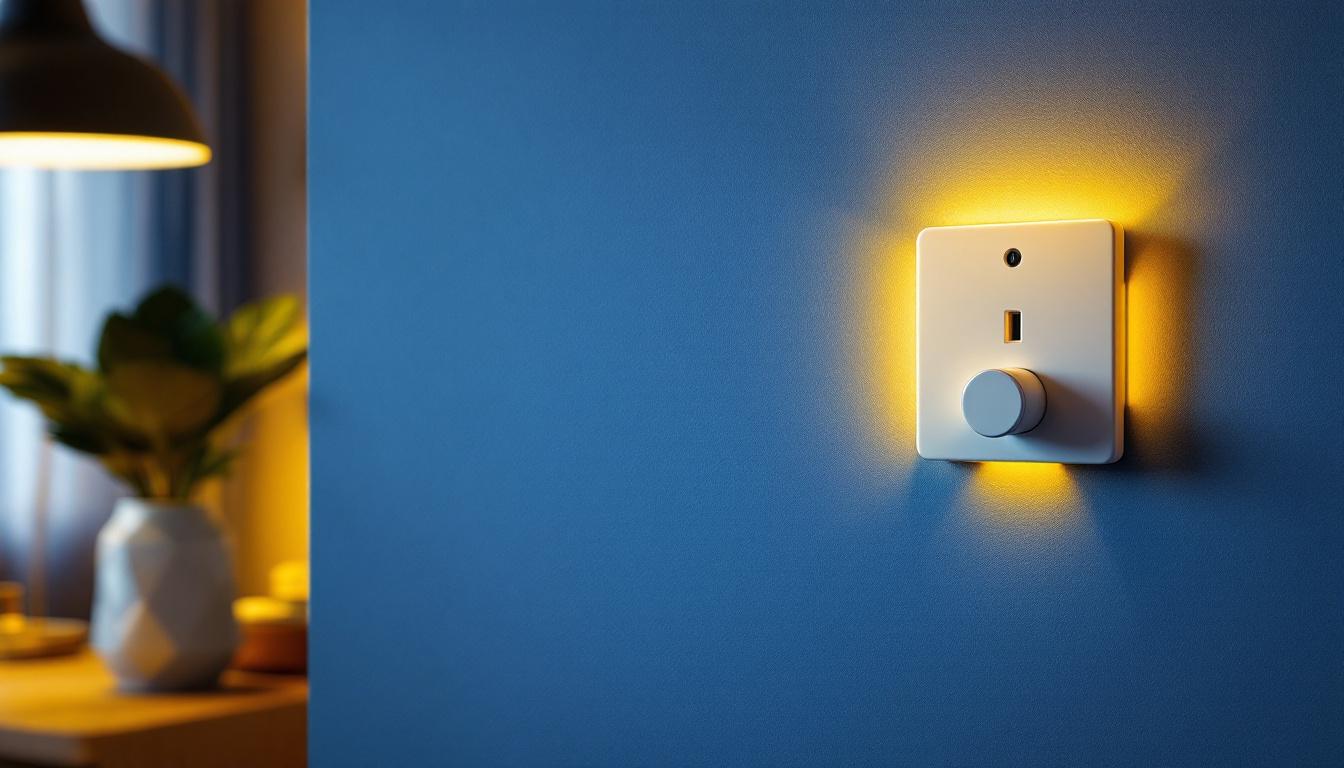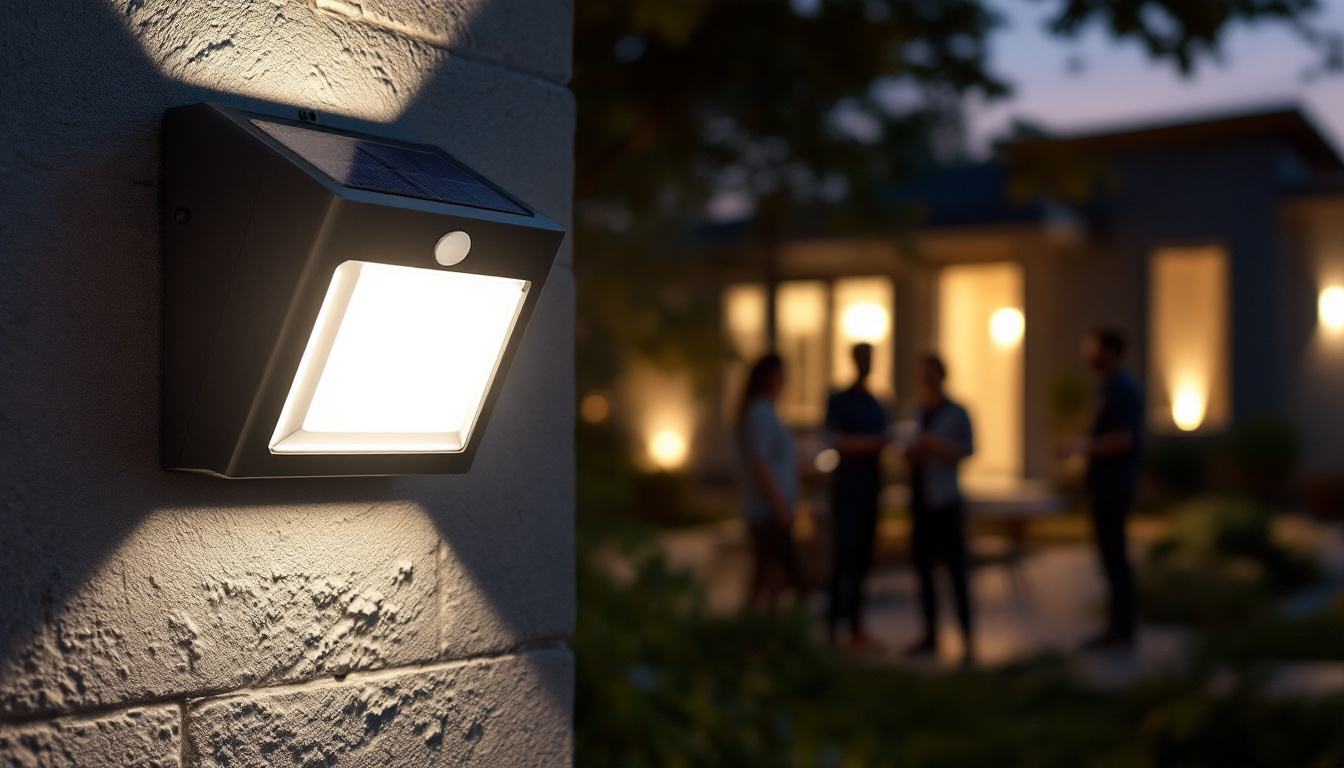
In the realm of modern lighting design, energy efficiency has become a paramount concern. As a lighting contractor, understanding the intricacies of three-way switches is essential for optimizing lighting systems in residential and commercial settings. This article delves into the functionality, advantages, and installation considerations of three-way switches, highlighting their role in enhancing energy efficiency.
Three-way switches are unique electrical devices that allow users to control a single light fixture from two different locations. This functionality is particularly useful in larger spaces such as hallways, staircases, and open-concept areas where convenience and accessibility are key. Unlike standard single-pole switches, which control lights from one point, three-way switches enable a more versatile lighting control system.
The operation of a three-way switch involves a pair of switches connected by a traveler wire. Each switch has three terminals: one common terminal and two traveler terminals. When one switch is flipped, it alters the electrical path, allowing the light to be turned on or off from either switch. This dual control mechanism not only enhances user convenience but also contributes to energy savings by reducing the need to leave lights on when exiting a room.
In addition to their functional benefits, three-way switches also play a crucial role in enhancing the safety of your home. By allowing you to control lighting from multiple points, you can ensure that areas such as staircases are well-lit when navigating through your home, reducing the risk of accidents. Furthermore, the ability to turn off lights from either switch can help prevent energy waste, as you can easily ensure that lights are off when not needed, particularly in spaces that are frequently accessed.
There are primarily two types of three-way switches: traditional mechanical switches and modern smart switches. Mechanical switches are the most common and are straightforward to install. They operate via a simple toggle mechanism, providing reliable performance over time.
On the other hand, smart three-way switches offer advanced features, including remote control via mobile apps, voice activation, and integration with home automation systems. While they may require more complex installation, the energy-saving potential and convenience they provide can be substantial. For instance, smart switches can be programmed to turn on or off at specific times, allowing homeowners to simulate occupancy while away, which can enhance security. Additionally, many smart switches come equipped with dimming capabilities, enabling users to adjust the brightness of their lights to suit different moods or activities, further enhancing the overall ambiance of a space.
Incorporating three-way switches into lighting designs offers several advantages that extend beyond mere convenience. These benefits can significantly impact energy consumption and user satisfaction.
One of the primary benefits of three-way switches is their ability to promote energy efficiency. By allowing users to control lights from multiple locations, three-way switches reduce the likelihood of leaving lights on unnecessarily. This feature is particularly beneficial in high-traffic areas where multiple entries and exits are common.
Moreover, when combined with energy-efficient lighting technologies such as LED bulbs, the overall energy savings can be substantial. By ensuring that lights are only used when needed, three-way switches contribute to lower electricity bills and a reduced carbon footprint.
Three-way switches provide a level of convenience that enhances the user experience. Imagine navigating a dark hallway or staircase; having the ability to control the lighting from both ends eliminates the need to fumble for a switch in the dark. This feature not only improves safety but also enhances the overall functionality of the space.
Furthermore, in larger homes or commercial buildings, three-way switches can be strategically placed to ensure that lighting is accessible and intuitive, reducing the risk of accidents and improving the flow of movement within the space.
Installing three-way switches requires a clear understanding of electrical systems and safety protocols. While the process can be straightforward for experienced contractors, careful planning is essential to ensure optimal performance and safety.
When installing three-way switches, the wiring configuration is a critical aspect to consider. The common terminal of each switch connects to the light fixture, while the traveler terminals connect the two switches. It’s essential to ensure that the wiring is done correctly to avoid issues such as flickering lights or malfunctioning switches.
Contractors should also be aware of the local electrical codes and regulations governing switch installations. Compliance with these standards not only ensures safety but also protects the integrity of the electrical system.
Selecting the appropriate type of three-way switch is another important consideration. For traditional installations, mechanical switches are often sufficient. However, for clients interested in smart home technology, recommending smart three-way switches can provide added value.
When choosing smart switches, it is crucial to consider compatibility with existing systems, the need for a neutral wire, and the overall ease of installation. Providing clients with options that align with their energy-saving goals and lifestyle preferences can enhance customer satisfaction.
The integration of three-way switches with energy-efficient lighting solutions can amplify the benefits of both technologies. By utilizing LED bulbs or other energy-saving alternatives, contractors can help clients achieve optimal lighting performance while minimizing energy consumption.
LED lighting is renowned for its energy efficiency, longevity, and minimal heat output. When paired with three-way switches, LED lights can significantly reduce energy costs while providing superior illumination. The combination of these technologies allows for greater flexibility in lighting design, enabling contractors to create tailored solutions that meet the specific needs of their clients.
Additionally, LED lights have a longer lifespan compared to traditional incandescent bulbs, which means less frequent replacements and reduced waste. This longevity contributes to a more sustainable lighting solution, aligning with the growing demand for environmentally friendly practices in the industry.
For those looking to elevate their lighting control, integrating three-way switches into a smart lighting system can offer unparalleled convenience and efficiency. smart lighting systems allow users to control their lights remotely, set schedules, and even adjust brightness levels based on time of day or occupancy.
By incorporating three-way switches into these systems, contractors can provide clients with a seamless user experience. This integration not only enhances energy efficiency but also adds a layer of sophistication to the overall lighting design.
While three-way switches offer numerous benefits, there are common challenges that contractors may encounter during installation. Understanding these obstacles and their solutions can streamline the process and ensure successful outcomes.
One of the most frequent challenges faced during the installation of three-way switches is dealing with existing wiring configurations. In older homes, the wiring may not be conducive to three-way switch setups, requiring additional modifications or upgrades.
To address these issues, contractors should conduct a thorough assessment of the existing electrical system before installation. This proactive approach allows for the identification of potential problems and the implementation of appropriate solutions, such as adding new wiring or replacing outdated components.
Another challenge lies in educating clients about the benefits and functionality of three-way switches. Many homeowners may be unfamiliar with how these switches work or their advantages in terms of energy efficiency.
Contractors should take the time to explain the features and benefits of three-way switches to clients. Providing demonstrations or visual aids can help clients understand how these switches can enhance their lighting experience and contribute to energy savings.
The landscape of lighting control is continually evolving, driven by advancements in technology and a growing emphasis on sustainability. As lighting contractors, staying informed about these trends can provide a competitive edge and enhance service offerings.
As smart home technology becomes more prevalent, the demand for smart lighting solutions, including three-way switches, is expected to rise. Homeowners are increasingly looking for ways to integrate their lighting systems with other smart devices, creating a cohesive and efficient home environment.
Contractors who are knowledgeable about smart lighting technologies and their benefits will be well-positioned to meet this demand. Offering clients innovative solutions that align with their lifestyle preferences can lead to increased satisfaction and repeat business.
With growing awareness of environmental issues, there is a heightened focus on sustainability in the lighting industry. energy-efficient solutions, such as three-way switches combined with LED lighting, are becoming the standard rather than the exception.
Contractors who prioritize sustainable practices in their work can attract environmentally conscious clients and contribute to a greener future. This commitment to sustainability not only benefits the planet but also enhances the reputation of the contractor in the industry.
Three-way switches are an essential component of energy-efficient lighting systems, offering convenience, safety, and significant energy savings. For lighting contractors, understanding the functionality, advantages, and installation considerations of these switches is crucial for delivering optimal solutions to clients.
By integrating three-way switches with energy-efficient lighting technologies, contractors can create tailored systems that meet the diverse needs of their clients while promoting sustainability. As the industry continues to evolve, staying informed about trends and innovations will ensure that contractors remain competitive and well-equipped to provide exceptional service.
Ultimately, embracing the potential of three-way switches is not just about enhancing lighting control; it is about contributing to a more energy-efficient and sustainable future in the lighting industry.
Ready to elevate your lighting projects with energy-efficient solutions that don’t compromise on quality or cost? Look no further than LumenWholesale. Our extensive selection of spec-grade lighting products is designed to meet the needs of discerning contractors like you. With unbeatable wholesale prices and the convenience of free shipping on bulk orders, you can ensure that your projects shine brightly while keeping costs low. Don’t let middleman markups dim your potential; choose LumenWholesale for the best value in lighting. Wholesale Lighting at the Best Value is just a click away.

Discover the latest trends in plug wall covers that every lighting contractor needs to know.

Discover how the 3 1/2 junction box cover can significantly impact lighting contractors’ profitability.

Discover effective strategies for training your team in the installation and maintenance of Solar LED Outdoor Motion-Activated Wall Pack Lights, boasting 400 lumens of brightness.

Explore how the rise of smart light switches is transforming the landscape for lighting contractors.